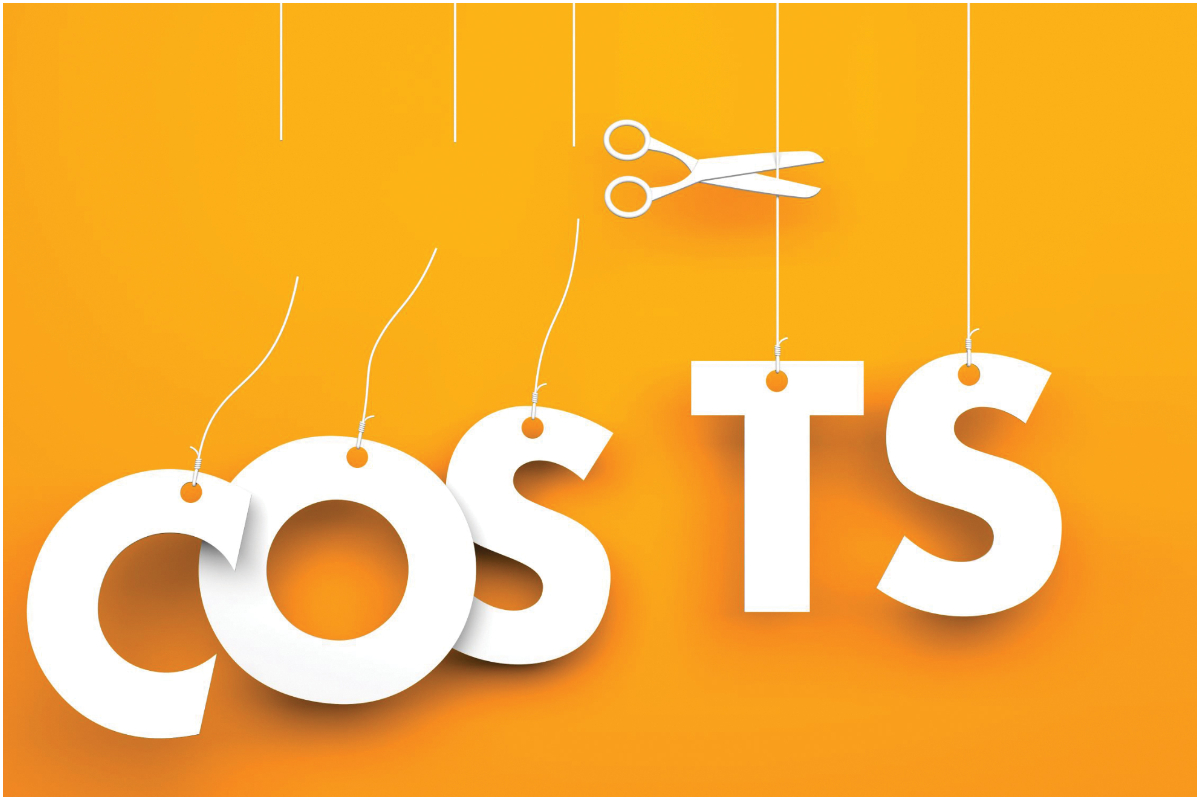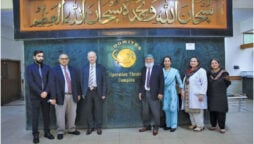
The Art of Cost Saving
Possibly one of the most painful, yet sometimes necessary tasks for a chief executive officer to oversee, at times even initiate, is cost cutting. Whether it is limited in scope to a department or across the organisation, someone, somewhere gets hurt in varying degrees.
What is most detrimental whenever a cost cutting exercise takes place is that a negative message reverberates across the organisation and outside where the measures have not directly impacted. For instance, vendors can get very nervous, especially when they have a large amount of receivables stuck, when one of their clients cuts costs.
It sends a signal that there is a strain on cash flow and, as such, wonder if they will be paid on time. That often leads to renegotiation of payment terms for the next order. As such, it is a very difficult act to execute without causing stir and stress both internally and externally.
I have been through this painful exercise both as a departmental head and as the CEO and in my consultancy have helped the management with bringing down the cost of doing business. Believe me, much pain can be avoided if done correctly and tactfully. The cost cutting, in my opinion and experience, is an art. It can be equated to what Winston Churchill once said about tact in his typically eloquent style: “Tact is the ability to tell someone to go to hell in such a way that they actually look forward to the trip.”
To come back to cost saving, I did it tactfully, not that it had always worked. But what it did was lessen the impact and I managed to do it without cutting salaries. What did I do? Well, for one thing I never communicated that we were going for cost cutting; I always said we need to save more. After all, the objective is to reduce costs so why not see where we can without cutting anyone off financially.
Also, I ensured it was always put as a question and made out to be the initiative of the people. For example, when I took over as CEO, my main objective was to raise salaries of the lower staff who were clearly underpaid. And at times, the required increment was in the range of 60 to 70 per cent; in two cases 100 per cent. So, I called them and told them I wanted to raise their compensation but there was not enough money, as the company’s provident fund allocation would also be impacted.
I explained them how an income statement works and told them that if we could increase the gross margin, I could look at increasing the administrative costs so that we could at minimum get the same operating profit.
I involved everyone at the factory level, as well as head office and we together listed down everything that we could reduce in the cost of goods sold (CGS) heading and yes, also in the administrative expenses. What happened was amazing. By the end of the quarter, we had the highest gross margin in history and the administrative expenses had gone down. Needless to say, the people got their increment.
How did that happen? Well, we did a detailed study of where there were wastages in production. With the prospect of an increase in salary, the employees dug deep into each process and cut waste. Some of it was just carelessness. Some sadly deliberate by a worker or two, who were fired. For example, they would put an ink stain (that was washable) on a garment, collude with another who verified it was unwashable and that would go into waste. That would be sold as scrap to one of their friends, which would later be sold in the shops and proceeds shared. Wastage came down from double-digits to less than 2 per cent.
There were areas in the factory where lights were on when they were not needed. In other places we let natural light to reduce the electricity bill substantially. We even followed this at the head office and regional offices.
We did a time motion study and saw we had work for five hours a day at the most. Also, we identified duplication of work or process, cut down on that and reallocated resources, this eliminating the need for new hires.
I told the staff I wanted everyone to finish work and leave maximum an hour before sunset, while we had natural light. That made them work with more focus and loose talk and gossip time was eliminated, as they actually looked forward to go home and did not waste time talking needlessly.
I tell you, there is hardly ever enough work to cover eight hours. Often an hour or two is lost each day with us being distracted from work.
We evaluated vendors and brought down the costs of input, in some cases by as much as 30 per cent, as they had been overpriced in the first place and there were equally good suppliers who would cost less without any impact on quality. Even on the finance side, we actually saved money be renegotiating terms with the bankers.
On the administrative side, we went for a paperless environment, and everything was either shared on emails or screen sharing. The savings on stationary were amazing. Skype had emerged and intercity travel was cut down. Then I did another thing. I told my salespeople that they were free to visit retailers directly from home and come to office (if at all) after they were done and to have another route on the way back for the other retailers. As far as I was concerned I wanted them to meet targets, seeing them in office was not important. That meant a couple of ACs were not required to run.
Then, I moved our two regional offices into the two factories where there was extra space. That saved a huge amount on rentals, as well as overheads. It also increased the efficiency with quicker coordination and face-to-face resolution of tasks that would take days over emails and phones.
The gist of all this is that before you go to pull money from the employees or go for downsizing, look at where you can save money from the existing operations. I have seen companies save a few thousands per month and continue wasting more than that through leakages in time, utilities and processes.
If we have logic-based attention to detail and probe subjective estimations we can save money. Believe me, there is much saving to be done within the organisation before the companies start laying off employees or cutting salaries, as is happening globally.
Yes, there does come a time to downsize, or rightsize to be put it diplomatically. But it should only come when all internal audit has been done to cut back costs on leakages in processes, practices and efficiency.
Always think in terms of saving on costs than cost cutting. Yes, there is a difference.
(The writer is a corporate consultant and coach and former CEO with over 35 years of experience in leadership, building brands and organisational strategy. He now advises on business strategy, marketing, HR and media management)
Catch all the Economic Pulse News, Breaking News Event and Latest News Updates on The BOL News
Download The BOL News App to get the Daily News Update & Live News.








 Read the complete story text.
Read the complete story text. Listen to audio of the story.
Listen to audio of the story.